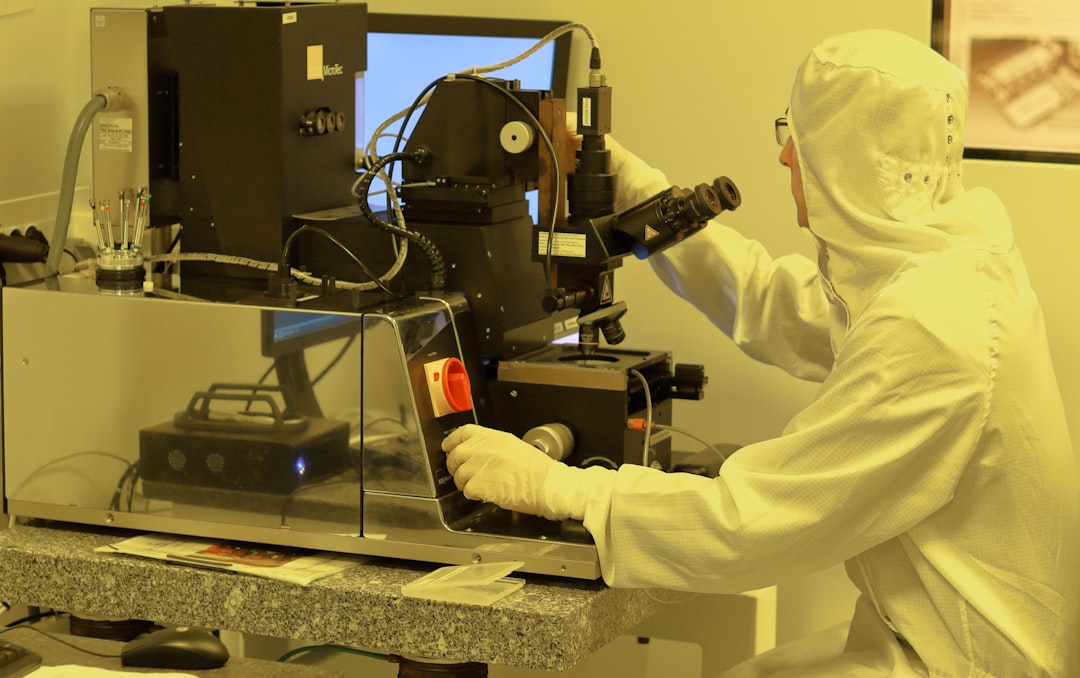What is it about?
The typical thickness of a ‘classic’ varve varies between 0.2 and 20 mm, sometimes 100 mm, and the average thickness is 20–50 mm. The introduction of the term ‘megavarve’ for couplets thicker than 100 mm as a type of varve that represents special environmental conditions, e.g. deposition from hyperconcentrated flows, seems justified. The sediments at study site were transported by hyperconcentrated flows. The dense flow at study site had a hypopycnal character, and its density was greater than that of the lake water; hypopycnal currents tend to occur during early spring but this depends on the condition of the ice-sheet front, so that they can occur in principle all over the ablation period (Brodzikowski, 1993), but they may be entering the lake all year around. The OSL ages of the sediments at study site deposited from hyperconcentrated flows in a quite deep lake show bed bleaching, which also supports the above interpretation. The absence of dropstones and other features such as glacial silt pellets in both associations suggests a significant distance from the ice-sheet margin (cf., the Angermünde–Chojna subphase).
Featured Image
Why is it important?
The main objectives of the present contribution are (1) to reconstruct, on the basis of detailed lithofacies analysis, the depositional conditions of the glaciolimnic sediments, (2) to unravel the origin of the ‘megavarves’ at study site which may shed new light on glaciolimnic sedimentation; (3) to evaluate the depositional conditions of sands that accumulated at a significant distance fromthe ice-sheet margin; (4) to reconstruct the development of deformations in both glaciolimnic successions; and (5) to consider whether an earlier valley existed which evolved into an ice-marginal valley.
Read the Original
This page is a summary of: Varves and megavarves in the Eberswalde Valley (NE Germany) — A key for the interpretation of glaciolimnic processes, Sedimentary Geology, June 2013, Elsevier,
DOI: 10.1016/j.sedgeo.2013.03.018.
You can read the full text:
Contributors
The following have contributed to this page










